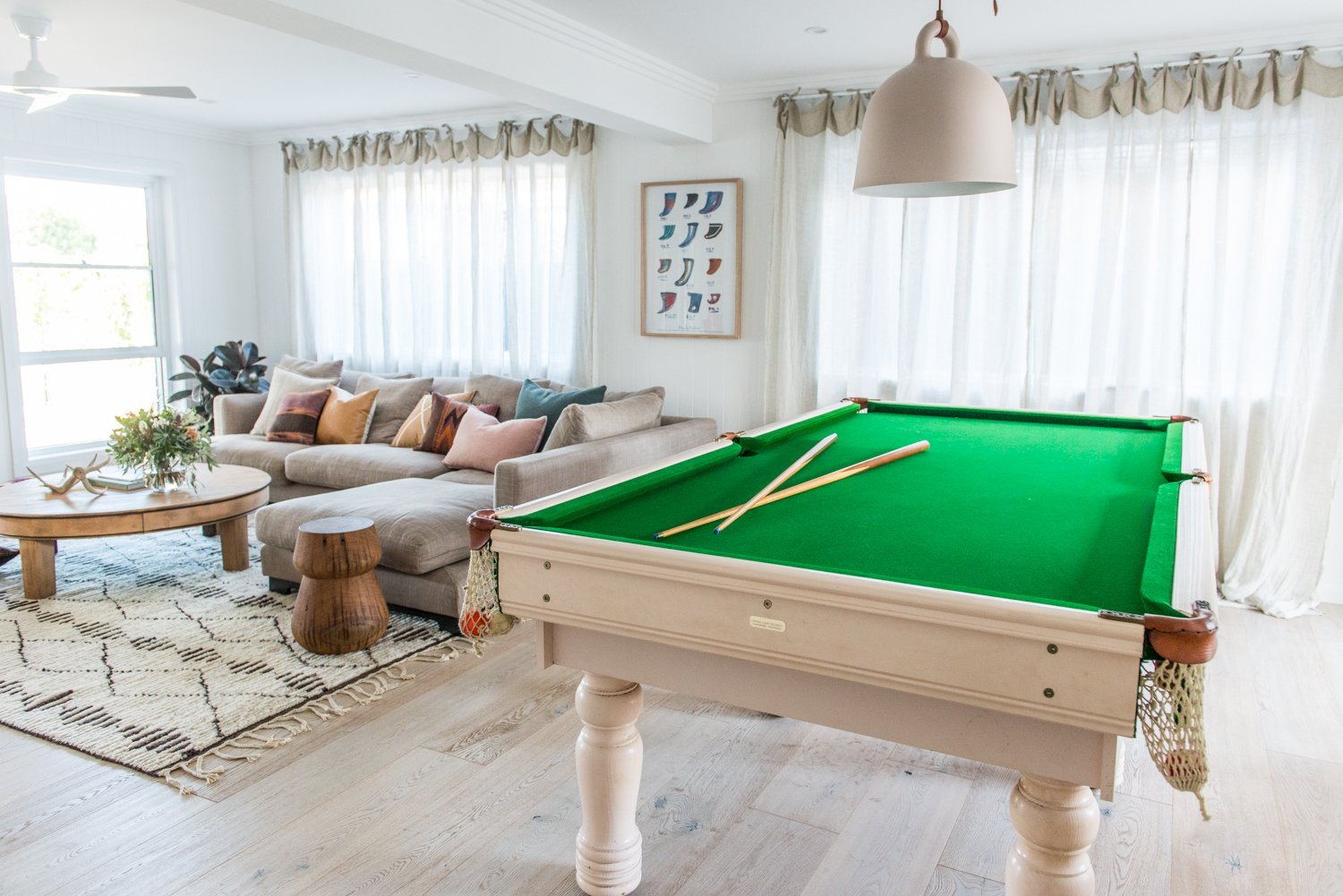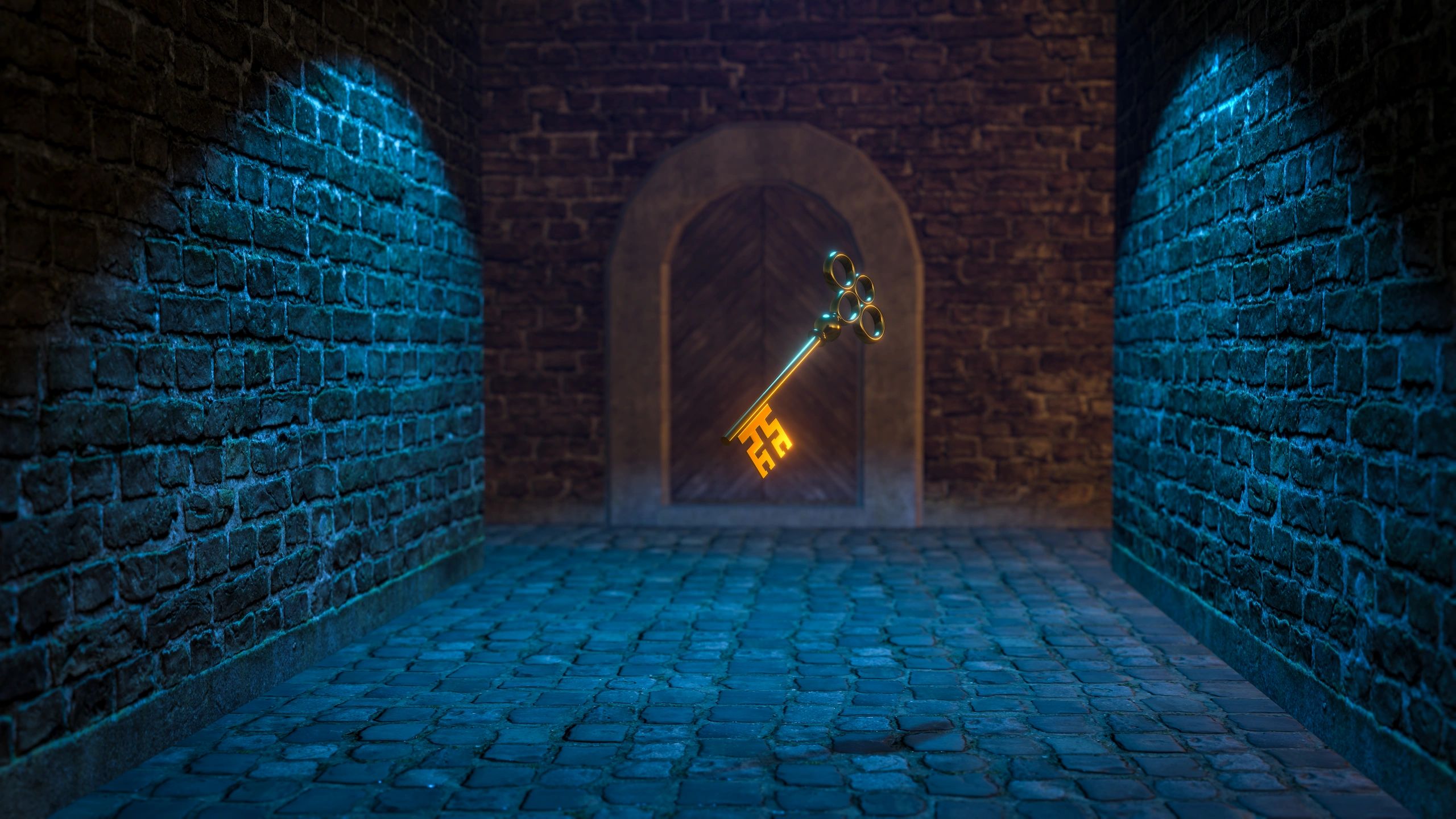

Purposes of applying the Codes SEPP 2008.

It would appear that rumpus room / gymnasium is not included in the definition of ancillary development for the

(k) swimming pool or spa pool and child-resistant barrier. (i) rainwater tank that is attached to a dwelling house (g) garage that is attached to a dwelling house (e) driveway, hard stand space, pathway or paving (d) carport that is attached to a dwelling house (c) balcony, deck, patio, pergola, terrace or verandah that is attached to a dwelling house Pursuant to Clause 1.5 of the Codes SEPP 2008 “ancillary development” when looked at in the context of the Codes SEPP is defined as any of the following: What then is meant by the term “ancillary development”? There seems to be broad agreement in the certification industry that a rumpus room is a “habitable room” despite its somewhat specialised use, and that it would not come under a Class 10 Building Code classification. The granny flat and rumpus room were clearly “attached” to each other and not “detached” and the fire rated separating wall could not be proffered as evidence of detached uses (eg a detached studio). In making this finding the BPB reasoned that “ancillary development” is not permitted if it is attached to a secondary dwelling pursuant to Clause 3.5(2)(d) of the Codes SEPP 2008. As a result an unsatisfactory professional conduct finding was made against the practitioner. In prosecuting the accredited certifier, the Building Professionals Board (BPB) argued that a rumpus room or gymnasium is not complying development under the Codes SEPP 2008 where it is attached to a secondary dwelling, so that a complying development certificate should not have been approved. While the two “uses” shared the same continuous roof structure above, there were different entrances to the granny flat and rumpus room respectively and no connecting doorways between the two. In the case in question, the rumpus room / gymnasium was attached to the secondary dwelling “granny flat” but was also demarcated by a fire rated separating wall from the living area of the granny flat. Expert evidence produced on the certifier’s behalf suggested that the rumpus room / gymnasium could be approved as complying development if it is seen as “appurtenant to” the primary dwelling on the land (ie as an addition to it). In recent times there has been some debate in New South Wales about whether or not a complying development certificate can be approved by an accredited certifier for a rumpus room or gymnasium attached to a secondary dwelling “granny flat”.Īt the time of writing, the author is awaiting a decision in an NCAT review case where this subject was explored.


 0 kommentar(er)
0 kommentar(er)
